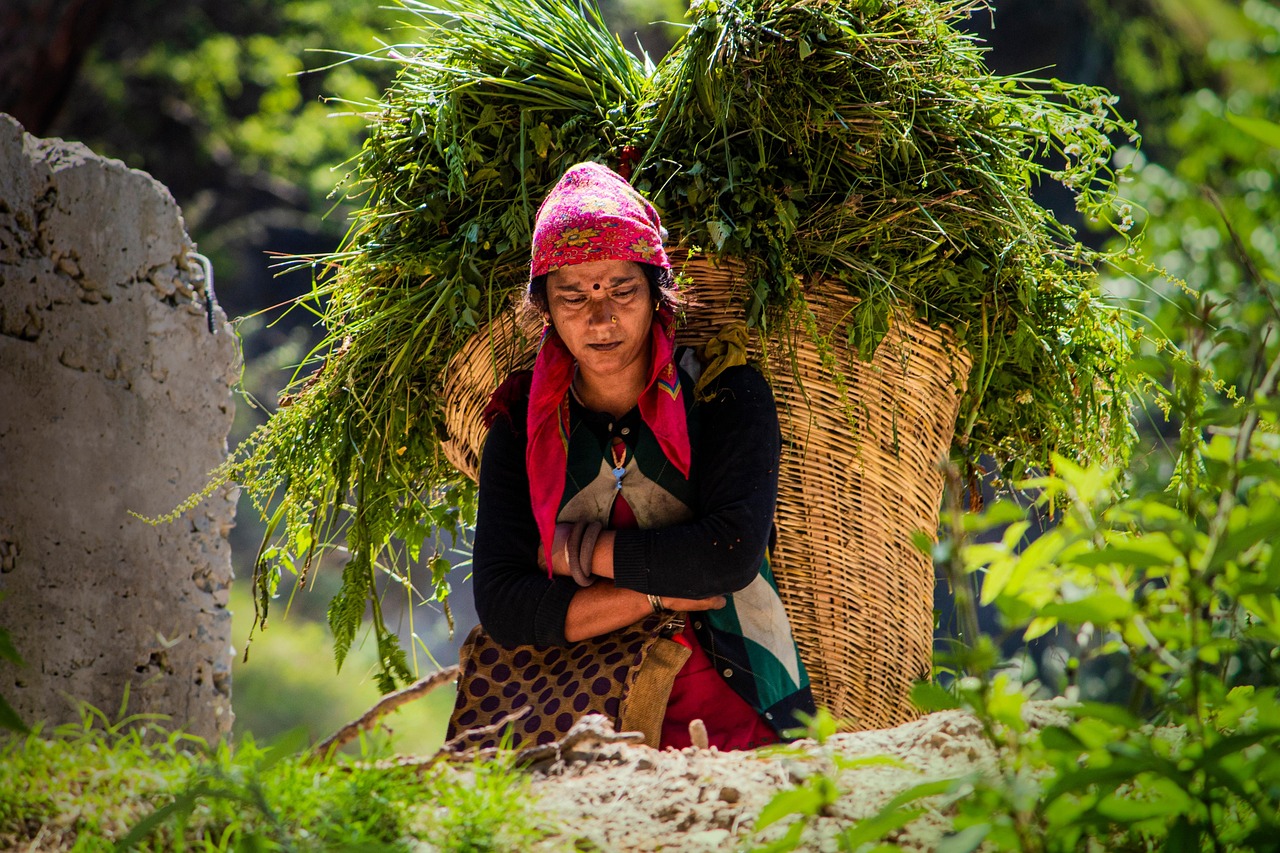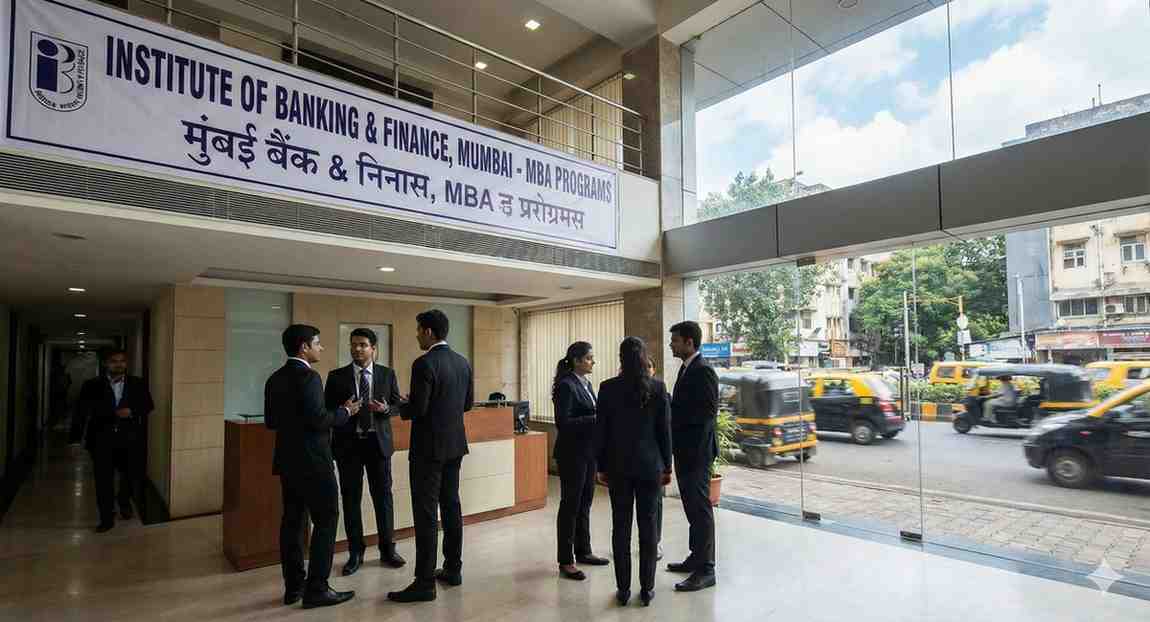
The Myth of Democratic Choice: Are Citizens Truly Empowered in India?
New Delhi, India, 2025 — Democracy is often celebrated as the ultimate form of governance, where citizens are empowered to shape their nation’s future through free and fair elections. However, in practice, the concept of democratic choice is increasingly scrutinized, as systemic issues such as economic disparities, corporate influence, and limited political diversity dilute the true power of the electorate.
This article critically examines whether Indian citizens are genuinely empowered in their democratic choices, supported by data, official reports, and real-world examples.
The Promise of Democratic Choice in India
India, as the world’s largest democracy, provides universal suffrage, ensuring that every citizen has the right to vote regardless of socio-economic status, religion, or gender.
- Fact: The 2024 General Elections recorded an impressive voter turnout of 82% (Election Commission of India).
- Reality: Despite high participation, factors such as limited candidate diversity, economic inequalities, and the opaque influence of money in politics challenge the authenticity of democratic choice.
Factors Undermining Democratic Empowerment
1. Economic Inequality and Political Participation
- The Data: According to Oxfam India (2023), the top 1% of Indians control over 40% of the country’s wealth, while the bottom 50% owns just 3%.
- Impact: Economic disparities restrict political participation, as marginalized communities lack the resources to contest elections or influence policy decisions.
2. Corporate Influence on Electoral Outcomes
- The Reality: Reports by the Association for Democratic Reforms (ADR, 2024) show that over 72% of political funding comes from corporate sources.
- Impact: This funding often skews governance priorities towards elite interests, reducing the representation of grassroots issues.
- Example: In the 2024 elections, a significant portion of campaign funding came from industries with vested interests in privatization and tax reforms.
3. Limited Political Diversity
- Fact: The 2024 General Elections saw 90% of parliamentary seats shared by just two major political parties, limiting ideological variety.
- Impact: Voters are often forced to choose the “lesser evil,” rather than a candidate who fully represents their aspirations.
4. Electoral Manipulation and Polarization
- Example: Communal rhetoric and identity politics dominate campaigns, shifting focus from developmental agendas.
- Data: The Election Commission of India (2025) reported a 22% rise in communal incidents linked to election campaigns since 2019.
Challenges to Citizen Empowerment
- Opaque Political Funding
- Electoral bonds, introduced in 2018, allow anonymity in political donations, reducing transparency in funding sources.
- Impact: Citizens remain unaware of whose interests their elected representatives may prioritize.
- Lack of Accountability Mechanisms
- Weak enforcement of the Model Code of Conduct often leaves violations such as vote-buying and communal appeals unpunished.
- Media Influence and Bias
- Fact: India ranks 150th in the 2024 World Press Freedom Index, highlighting constraints on independent journalism.
- Impact: Voters often receive biased or incomplete information, undermining informed decision-making.
Pathways to Strengthen Democratic Choice in India
1. Transparent Political Funding
- Mandating public disclosure of all donations and capping corporate contributions can reduce undue influence.
- Recommendation: The Election Commission of India proposed stricter reporting norms for political parties in its 2025 reform agenda.
2. Electoral Reforms
- Implementing proportional representation systems can increase political diversity and ensure fairer representation of smaller parties.
3. Strengthening Civic Education
- Introducing robust voter education programs can empower citizens to critically evaluate candidates and policies.
- Example: The National Electoral Literacy Drive, launched in 2018, has been a step in this direction but needs expansion.
4. Free and Independent Media
- Protecting press freedom and ensuring diverse media ownership can provide voters with unbiased information.
Conclusion: Rethinking Empowerment in Democracy
While India’s democratic framework is robust in theory, systemic issues often undermine the true empowerment of its citizens. Economic inequalities, corporate influence, limited political diversity, and biased information systems dilute the authenticity of democratic choice.
For democracy to thrive in its fullest sense, reforms that promote transparency, inclusivity, and informed participation are essential. India’s future as a vibrant democracy depends on empowering its citizens not just to vote, but to make choices that genuinely reflect their will and aspirations.



